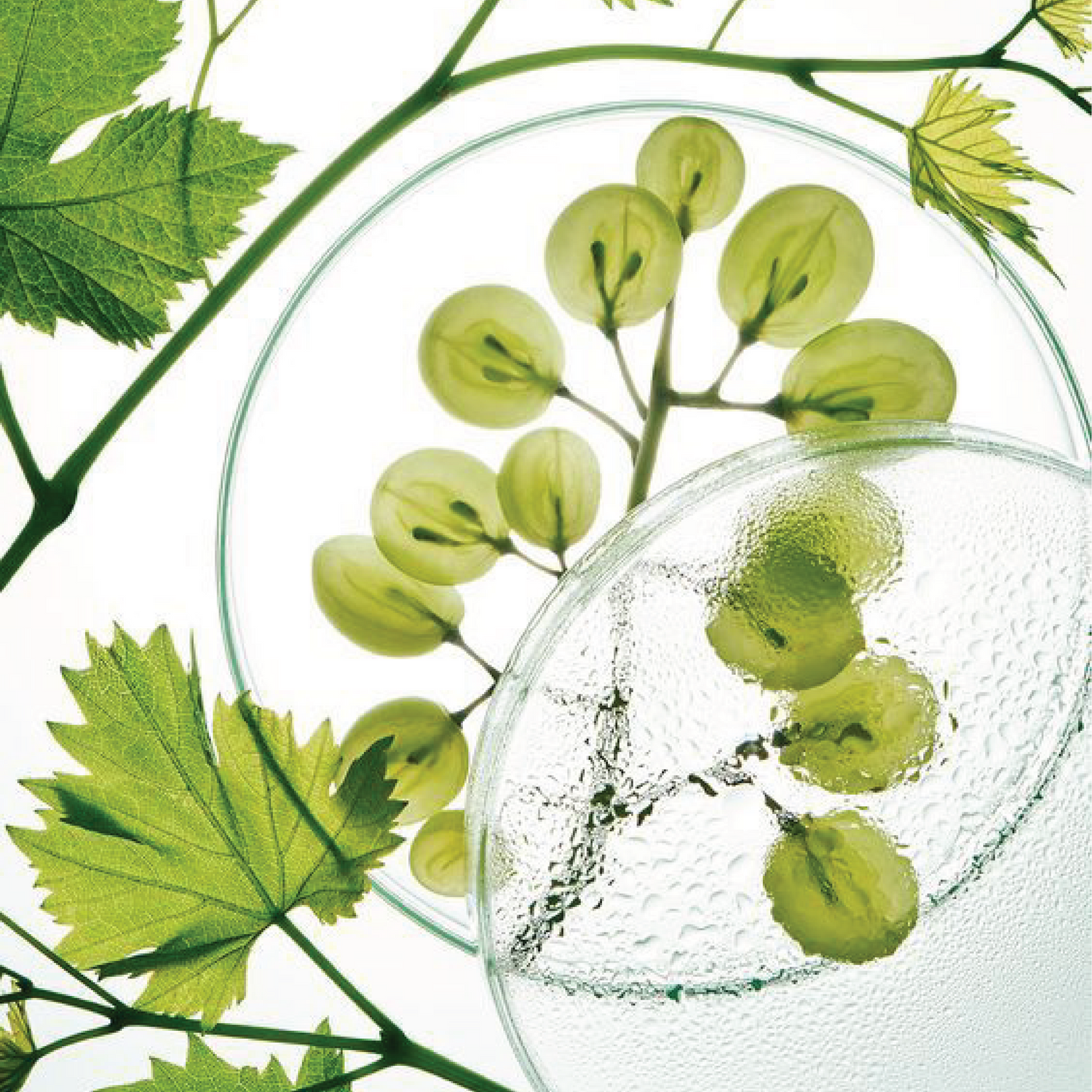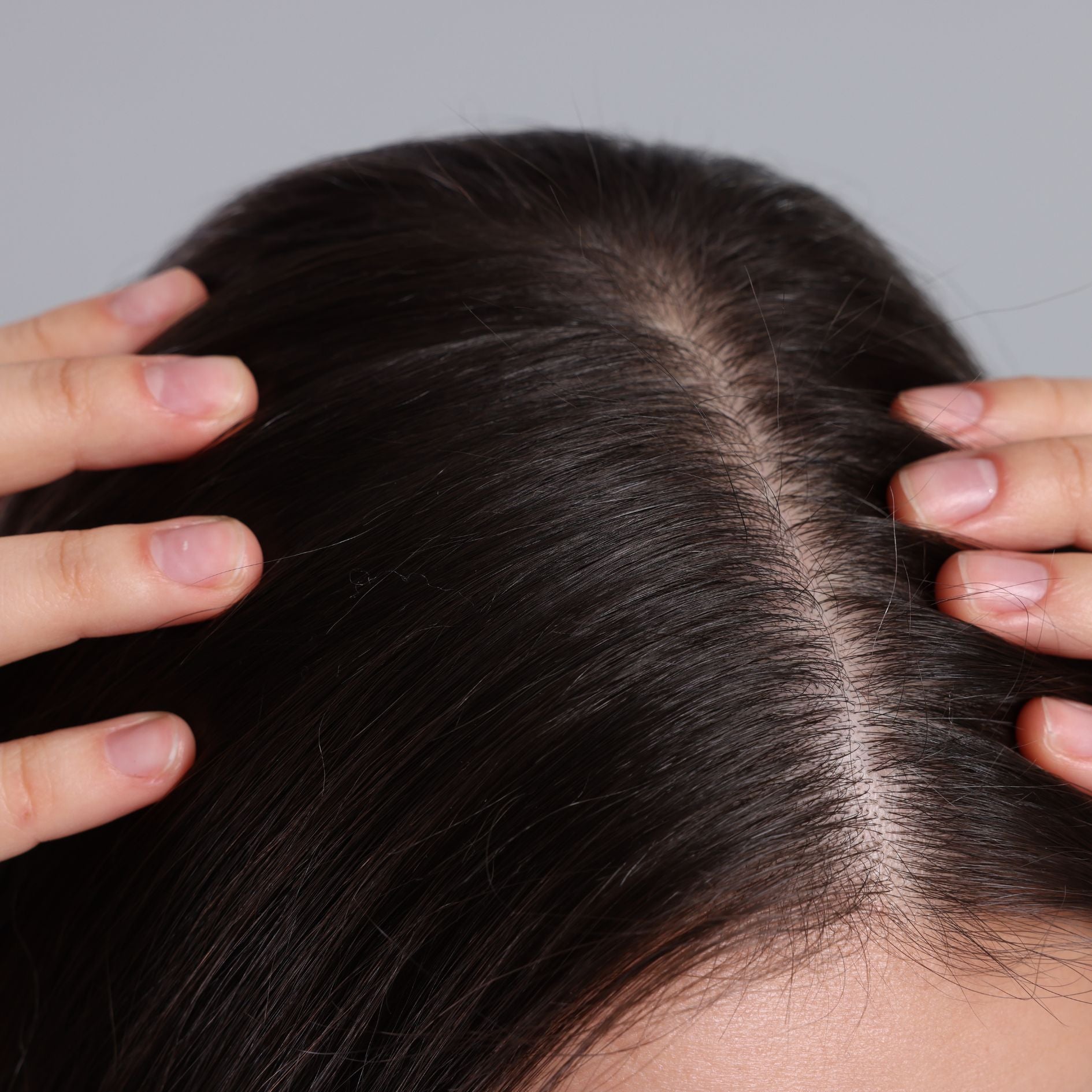My grandmother is a botanist. In fact, one of the options for our Brand name was ‘Botanist Naani’, because a lot of our early formulations were based on the principles of plant science (and how it works) that she had taught me. To date, she fondly recalls her college days in Pune University as a BSc Botany student, engrossed in the fascinating world of plants: everything from poisonous mushrooms to medical herbs. Through her, I’ve vicariously lived the life of a botanist; understanding the physiology and more importantly the chemistry.
Plant Chemistry.

The Indian subcontinent isn’t new to the concept of Plant Chemistry. Given how ancient our civilization is, the natives found most of their daily personal care needs satisfied by plant and plant extracts. It was more experiential data-based, of course (chemistry didn’t exist as a concept then) For instance, the Indus Valley Civilization is the first known people to use “shampoos”. These were made using herbs that cleaned hair and softened it. Given that the subcontinent was fragmented, had multiple empires and rulers and finally got colonized, the use of herbs was replaced by European inventions of personal care products.
It was glamorous and Colonizer-approved.

When beauty and personal care products were first formulated over a hundred years ago in European Countries, it came on the back of scientific innovation in the important and fast-evolving scientific field of Chemistry. For example, the first “liquid shampoo” was mass-produced by a German chemist: Hans Schwarzkopf who ran a small drugstore in Berlin. That formulation of shampoo(composition, form, ingredient list) is what we continue to use to date. Barely anything has changed in a hundred years.
What’s interesting is that unlike other industries: electronics, pharma, mechanics etc, innovation in personal care formulations stagnated beyond a point. The active ingredient remains the same as a hundred years ago and only varies in concentration or source. What changes(if at all) are the peripheral ingredients that provide opportunity to market the same product differently. Unlike the Pharma industry, where molecule research is an ongoing effort, very few cosmetic companies invested in building the R&D muscle.

Today however, there is an increasing need to innovate personal care products; to marry what we knew about Plants & herbs (as a civilization) with Chemistry(scientific explanation of why)
Why is this a need? Two major reasons:
- Changing lifestyle &
- Changing environmental conditions
An average woman applies 9-15 personal care products on a daily basis with each product containing about 15-50 ingredients that are synthetic. That means an average of 515 chemicals on our bodies on a daily basis. Given an increasing amount of synthetics in our lifestyle (food, water, air) the scientifically backed opinion is that best to reduce exposure to chemicals wherever possible.
In addition to this, chemical usage in personal care products is relatively new(1 century old) and the impacts of these on health is still unknown. More importantly, there is growing research to indicate that herb based formulations for personal care show better results in terms of efficacy and skin/hair health.

Second, personal care products that have synthetic ingredients (whether safe or toxic) hamper the natural environment in which they exist : especially soil and water bodies. Plant Chemistry based products can easily replace the synthetic counterparts in terms of efficacy and outcomes and are hence a superior solution. Research & innovation with the Plant Chemistry approach is the way forward to build high-quality, high-efficacy products that are good for
(wo)man-kind and for the environment.
So how do we, at Sacred Grove, go about it? It’s a little bit art and a little bit science, actually.

^ An excerpt from our starting point: the Key Ingredient File
We start by looking at existing product formulations in the market.
Say for example, what class of ingredients shampoos contains across top 15-20 brands. We then look at the functional benefit of each type of ingredient. Our research team then spends weeks researching imitating actives in the plant world that can do the same action and then we spend many more weeks on researching the best herbs that contain these actives. The next couple of months are spent on the best way of extracting these actives using mechanical actions or heat. And lo and behold- almost 6-8 months later we finalize the formulation before testing with consumers.
Our consumers are our biggest cheerleaders and our biggest critics: when YOU tell us what doesn't work, we go back to the drawing board on how we can improve the formulation and go further in search of herbs that can produce a desired result. It's long and tedious, but I can't even begin to explain the EXCITEMENT at the office when a certain herb or formulation provides the desired result.
We give ourselves the Oscar in Plant Chemistry ;)
It's a long journey and we're here for it: to give you the very best possible results in terms of hair health and do the very best we can for the water and soil that our herbs grow in. It's a symbiotic relationship and we've learnt that those are the ones to be most preserved (literally and figuratively)
So every time we get a herb right I go and tell my Botanist Naani we got it right; she responds with a smile and the SCIENTIFIC name of the herb just to make sure she remembers. And to make sure that in that process WE do too :)



